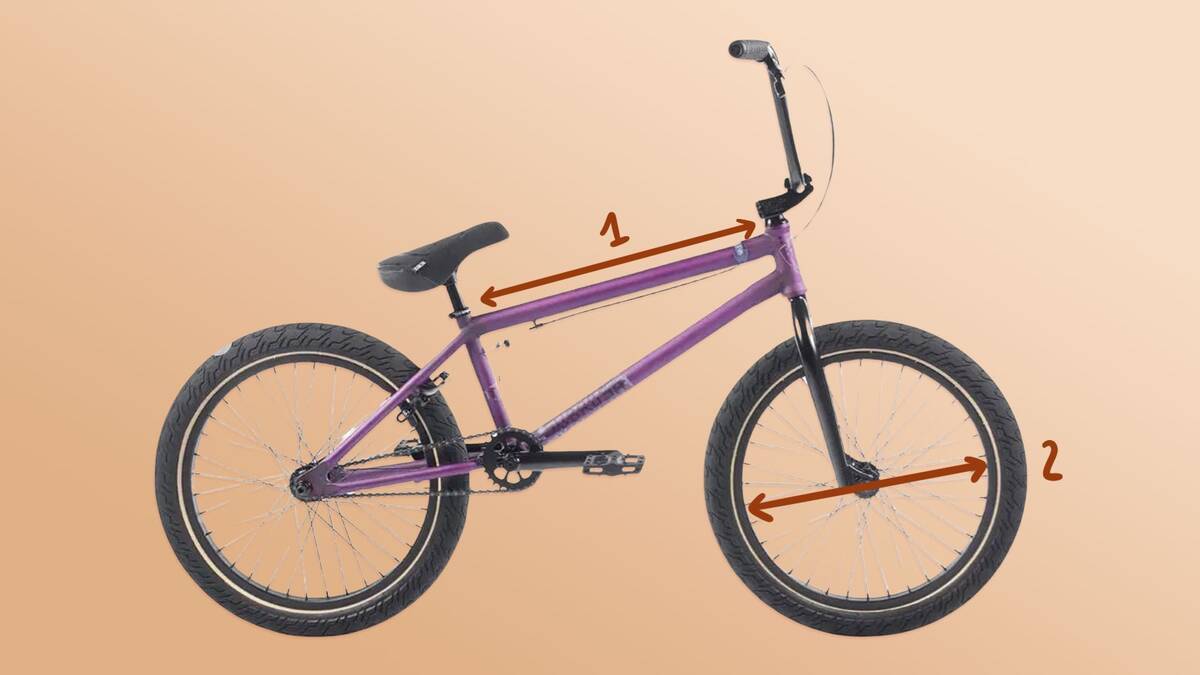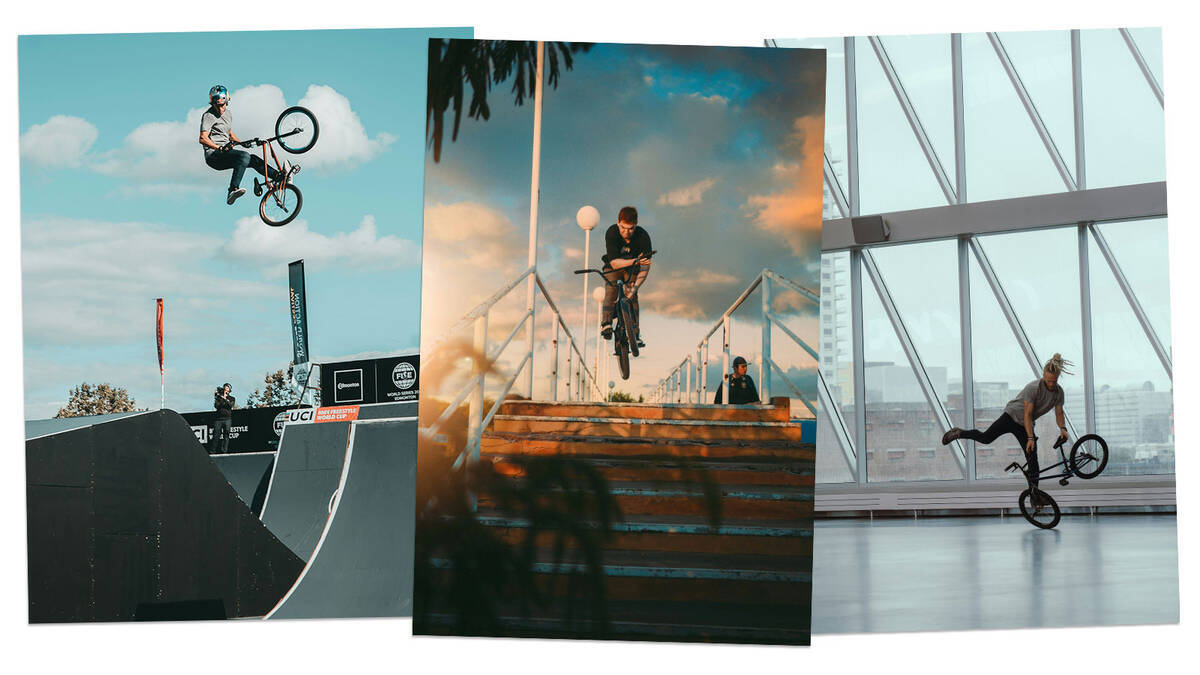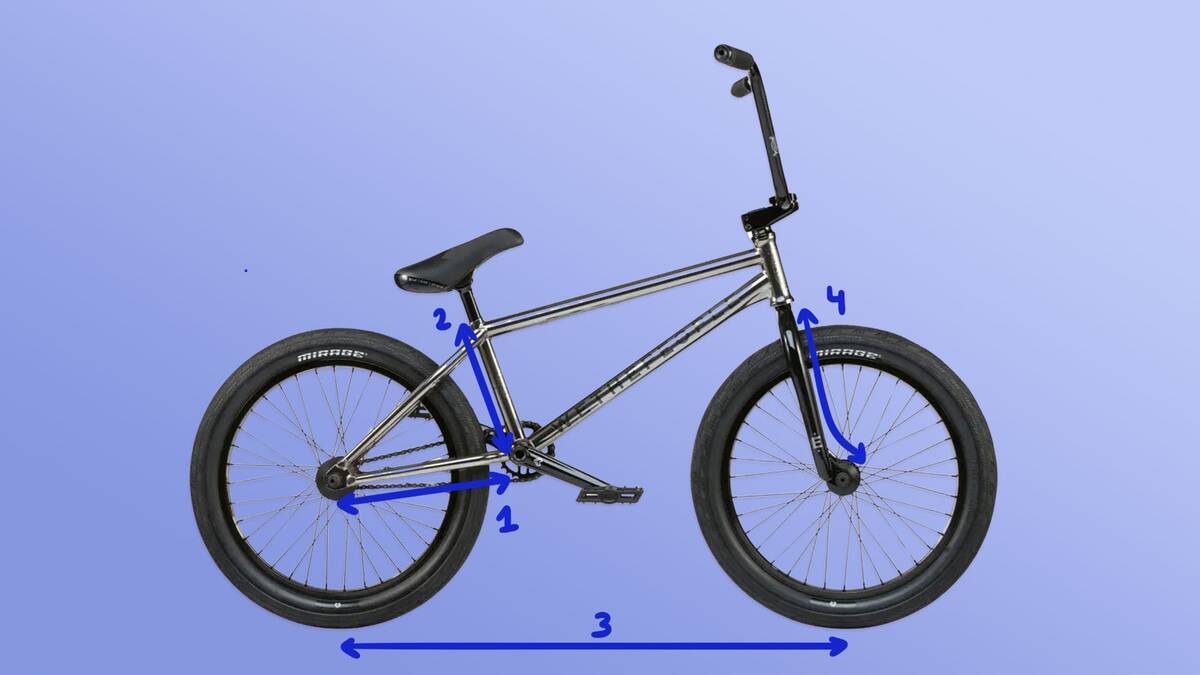Guide to Buying Complete BMX Bikes
Selecting a complete BMX bike demands thoughtful consideration of numerous aspects to ensure it aligns with the rider's requirements and tastes. This detailed guide will help you navigate through buying complete freestyle BMX bikes.
Locating a complete BMX bike that matches your requirements need not be challenging. If you examine individual product details and utilise the sizing charts available for each bike in our range, making an informed decision becomes easier. Presented here is more thorough insight to assist in your selection.
Overview
Are Complete BMX Bikes a Worthy Investment?

For beginners, acquiring a complete bike rather than assembling one piecemeal is advisable. Investing in a quality complete bike promises greater returns, with the option to later enhance various components as needed.
Those with extensive riding expertise and specific inclinations might want to explore some of the premium complete BMX bikes within our collection. If you discover a bike with features that satisfy your needs, it will be highly cost-effective.
In conclusion: Complete BMX bikes are undoubtedly worthwhile if you devote the effort to find one that caters to your preferences.
Our selection encompasses a range of top-notch complete freestyle BMX bikes, from cost-effective, beginner models to advanced bikes assembled with superior after-market components. Explore our collection:
BMX Bike Sizing – Which BMX Size is Ideal for Me?

1. Top tube length 2. Wheel diameter
Selecting the appropriate BMX size involves finding the perfect match for your height, riding style, and personal tastes.
The typical wheel diameter across all freestyle BMX categories is 20 inches, even for adult bikes. Nonetheless, freestyle bikes with 22 and 24-inch wheels are also available.
The smaller wheels contribute to the agility and stunt-friendliness of freestyle BMX bikes. Children or individuals of smaller stature interested in stunt-driven freestyle riding require bikes with even smaller wheels. BMX sizes for kids vary from 12 to 18 inches, guided by their age and height.
Tall riders or those seeking a bike for cruising occasionally interspersed with tricks might opt for a 22 or 24-inch freestyle BMX. However, such bikes tend to be less agile and less enjoyable for intricate tricks in parks or on streets due to the larger wheels.
The top tube length, generally between 19.5 to 21 inches for freestyle BMX bikes, is another vital sizing element. Taller riders might find increased comfort with an extended top tube.
Consult the BMX size chart below for broad guidance on choosing the correct BMX size:
| Rider Age | Rider Height (cm & inches) | Wheel Size (inches) | Top Tube Length (inches) |
| 3-5 years |
95 - 112 cm / 37 - 44" |
12” | 12” |
| 5-7 years |
112 - 126 cm / 44 - 49" |
14” |
13” |
| 7-9 years |
126 - 138 cm / 49 - 54" |
16” | 15” |
| 9-11 years |
138 - 149 cm / 54 - 58" |
18” | 17” |
| 10-12 years |
145 - 160 cm / 57 - 63" |
20” | 19.5 - 20.25" |
| 11-13 years |
150 - 168 cm / 59 - 66" |
20” | 20 - 20.5" |
| 13-15 years |
160 - 175 cm / 63 - 69" |
20” | 20.25 - 20.75" |
| 15-17 years |
175 - 183 cm / 69 - 73" |
20” | 20.75 - 21" |
| over 183 cm / 73" tall |
183 cm + / 73” + |
20” | 21" + |
Note: Use the chart as a general guide. The riding style is significant when determining BMX sizes. For instance, an adult predominantly into flatland BMX may opt for a top tube up to two inches shorter than the suggestions above.
Freestyle BMX Riding Styles – How Do I Choose the Right Freestyle Bike?

Freestyle BMX encompasses styles such as park, street, and flatland BMX. This section outlines key specifications relevant to matching a bike with your chosen style of riding. It's advised to account for your preferred riding discipline when selecting a complete BMX.
For novices, consider choosing a versatile BMX that aids in mastering foundational skills and allows you to progressively discover your preferences.
BMX Street Bikes
The BMX street discipline is technical, involving grinding rails and ledges, jumping stairs, and executing tricks in urban spots. Engaging the unique features of urban environments is central to this discipline, akin to many other street sports.
- Shorter Chainstay/Wheelbase: Street BMX models frequently have shorter chainstays for improved agility and responsiveness.
- Taller Seat Tube: A taller seat tube facilitates easier saddle tucking between the legs during tricks for street cyclists.
For those captivated by technical street BMX, a setup that's quick to respond and easily manoeuvrable is required.
BMX Park Bikes
Practised in skateparks, park BMX involves freestyle tricks executed on purpose-built obstacles. Skateparks offer the opportunity to practice air tricks and engage with sections mirroring street obstacles. Park BMX offers versatility, allowing for a blend of different riding styles.
- Longer Chainstay/Wheelbase: For greater stability on larger ramps and at higher speeds, park riders typically favour a longer rear end, extending the wheelbase.
- Lower Frame: Reduced seat tube lengths enable easier leg clearance over the frame for tail whips and air tricks.
If your interest lies in park riding and executing larger air tricks and transitions, you're likely to prefer a setup offering increased stability, a longer wheelbase, and a lower standover height.
Flatland BMX Bikes
Flatland BMX focuses on stunt execution on flat surfaces like parking lots or town squares. A suitable flatland BMX features geometry conducive to spins and tricks at low speed, prioritising lightness, balance, and responsiveness.
- Smaller and Lower Frames: Catering to agility and ease of handling, flatland bikes tend to have compact frames with shorter top tubes and chainstays to ensure a swift and responsive ride. Additionally, shorter seat tubes minimise potential obstruction during tricks.
- Pegs on All Wheels: Most flatland setups include pegs on all four wheels for a wide range of trick possibilities.
- Zero-Offset Fork: This feature aids in direct pressure transfer from the handlebars to the front wheel, enhancing balance.
- Gyro Brakes: These brakes help prevent cables from becoming tangled when performing tricks.

1. Chainstay 2. Seat Tube 3. Wheelbase 4. Wheel Offset
If flatland dedicates your interest, look for bikes with these characteristics. For street riders intrigued by flatland tricks, consider features like reduced fork offset or extra pegs.
What Specifications Are Essential When Buying a Complete BMX?

Opting for a complete BMX bike allows for future upgrades using quality after-market parts. Keep in mind the following specifications when choosing:
- Bottom Bracket and Cranks: Bikes featuring American bottom brackets and single-piece cranks are less robust and considered entry-level. A bike equipped with a MID bottom bracket simplifies future crankset upgrades.
- Integrated vs. Non-Integrated Headsets: As a more durable option, integrated headsets containing sealed bearing cartridges also offer superior upgrade paths compared to their non-integrated counterparts with open ball bearings.
- Driver Hub vs. Single-Speed Freewheel Hub: Compared to freewheel hubs, driver hubs have greater durability and simpler maintenance. With most after-market freestyle sprockets optimised for 9T rear sprockets, a 9T driver hub presents more upgrade opportunities down the line.
These specifications merit consideration when evaluating bikes. A robust freestyle BMX is pivotal for performing tricks, and planning for potential upgrades is prudent.
If you're enhancing your bike and seek guidance on part installation, refer to our instructional guide:
